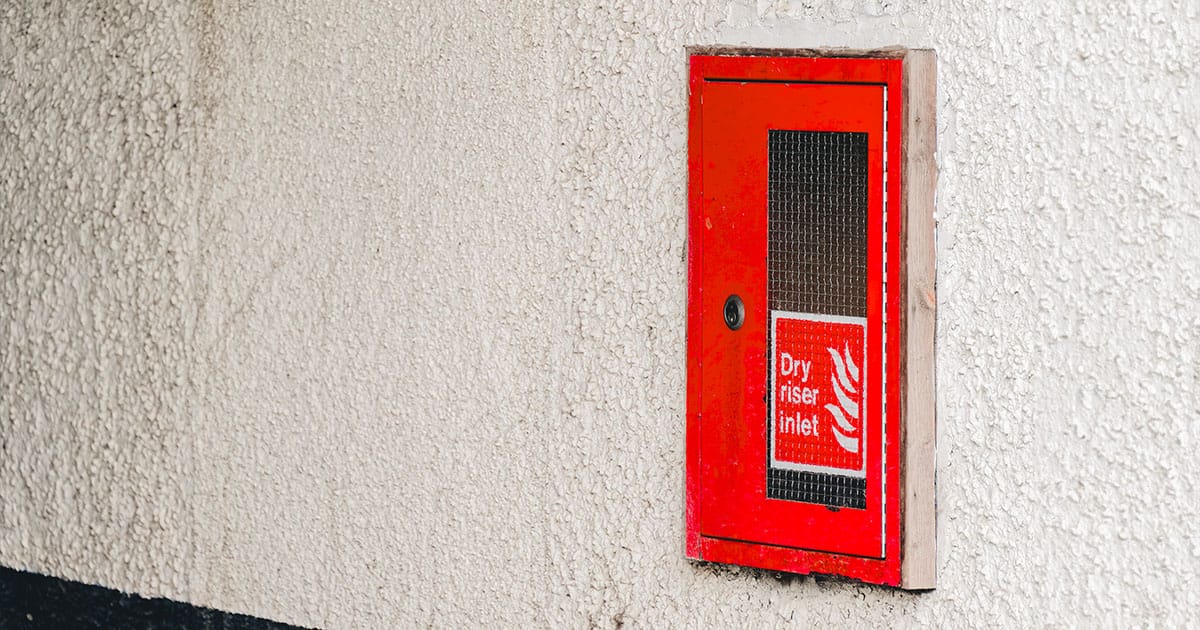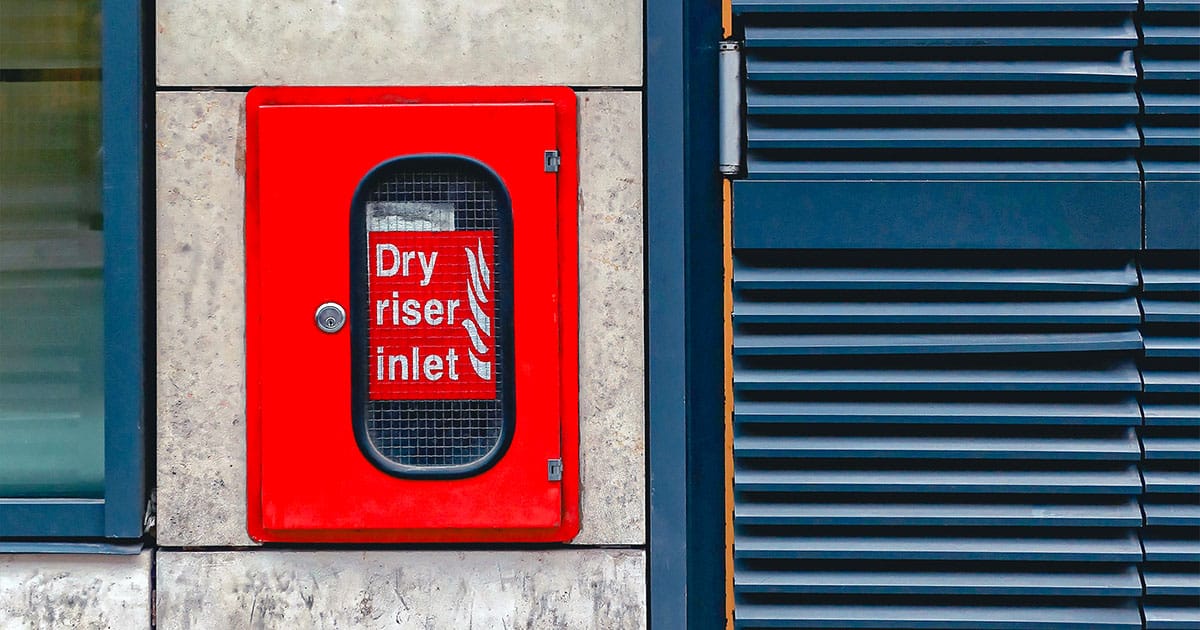Understanding Dry Riser Testing: Ensuring Building Safety in Emergencies
In commercial and residential buildings, especially those with multiple floors, having an effective fire safety system is paramount. One crucial component of this system is the dry riser, a vertical pipe intended for firefighters to easily transport water to upper levels during a fire emergency. Regular dry riser testing is essential to ensure these systems remain reliable and functional when they are needed the most. In this blog post, we will explore the importance of dry riser testing, its frequency, and what the testing process typically involves.

Why is Dry Riser Testing Important?
- Emergency Preparedness: In the event of a fire, a functional dry riser can significantly aid firefighters in extinguishing the flames and rescuing individuals from higher floors. Regular testing ensures that the system is fully operational when it is required.
- Compliance with Regulations: Many building codes and safety regulations mandate regular testing and maintenance of fire safety equipment, including dry risers. Compliance with these regulations is not only a legal requirement but also a measure of responsibility toward the safety of building occupants.
- Preventive Maintenance: Routine testing helps identify potential issues or defects in the system, allowing for timely repairs and maintenance. This proactive approach minimises the risk of system failure during emergencies.

How Often Should Dry Riser Testing be Carried Out?
The frequency of dry riser testing is typically determined by local regulations and the specific requirements of the building. However, some general guidelines include:
- Annual Testing: Annual testing is a common requirement for most buildings. This thorough examination ensures that the dry riser is in good working condition and can be relied upon in the event of a fire.
- More Frequent Inspections: In some cases, buildings may require more frequent inspections, especially if they are high-rise structures or if the dry risers have a history of maintenance issues.

What's Included in the Dry Riser Testing Process?
The dry riser testing process is comprehensive and involves several key steps:
- Visual Inspection: A thorough visual examination of the entire dry riser system, including the inlet, landing valves, and outlets, to identify any signs of damage, corrosion, or blockages.
- Pressure Testing: Conducting pressure tests to ensure that the system can withstand the required water pressure during a fire emergency.
- Valve Testing: Testing the functionality of landing valves to ensure they open and close properly, allowing for the efficient flow of water.
- Flow Testing: Measuring the flow rate at each outlet to ensure that an adequate amount of water can reach higher levels of the building in case of a fire.
- Hose Reel Testing: If the building has hose reels connected to the dry riser, these will also be tested to verify their functionality and adequacy.
Regular dry riser testing is vital for maintaining the safety and functionality of fire safety systems in multi-story buildings. By adhering to the recommended testing frequencies and conducting thorough inspections, building owners and managers can ensure that firefighters have reliable access to water in the event of a fire emergency.
Fire Guard Services offer dry riser testing to ensure that you and your premises is safe and compliant. Contact us today for a free no obligation quote or contact us on 01582 469000
